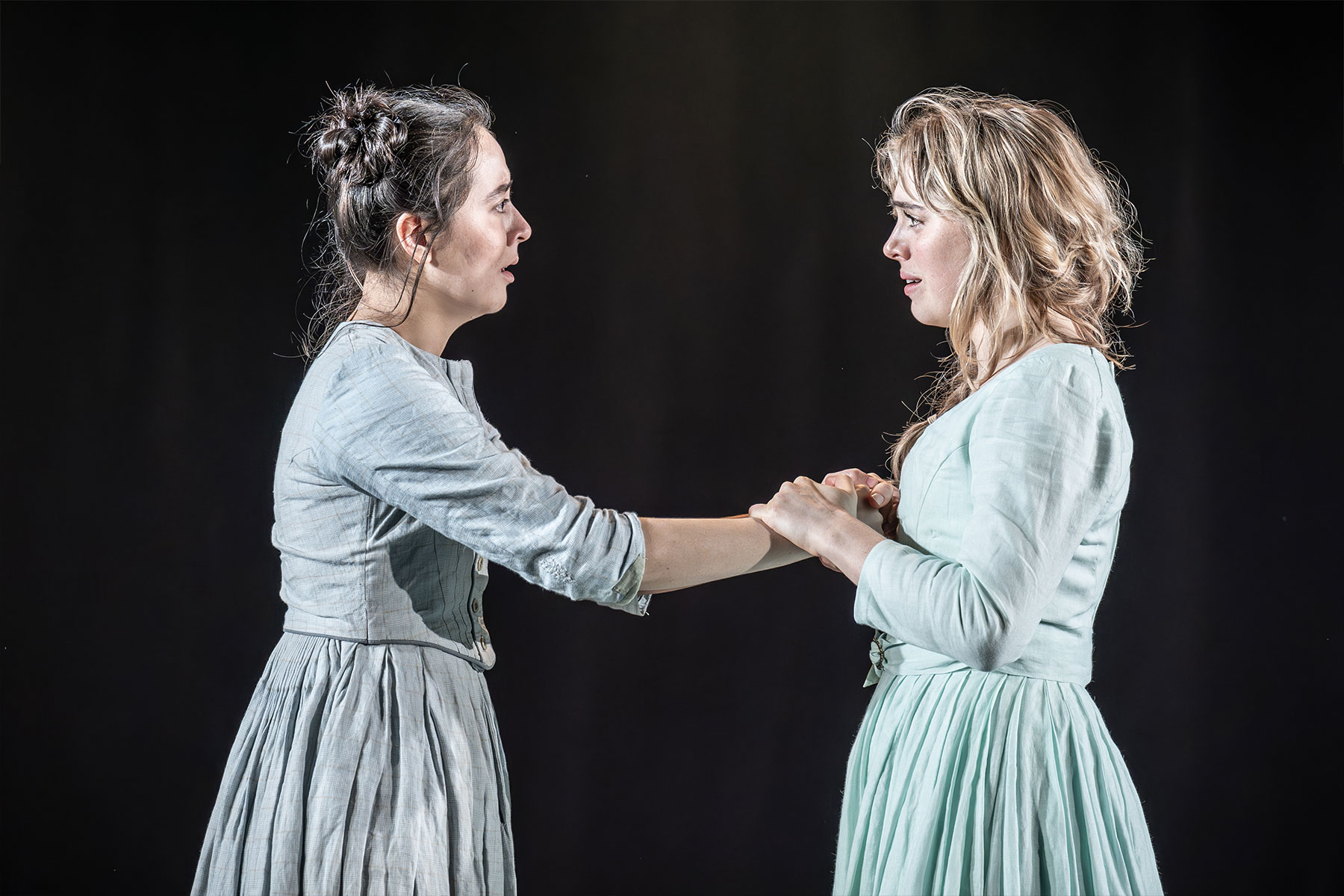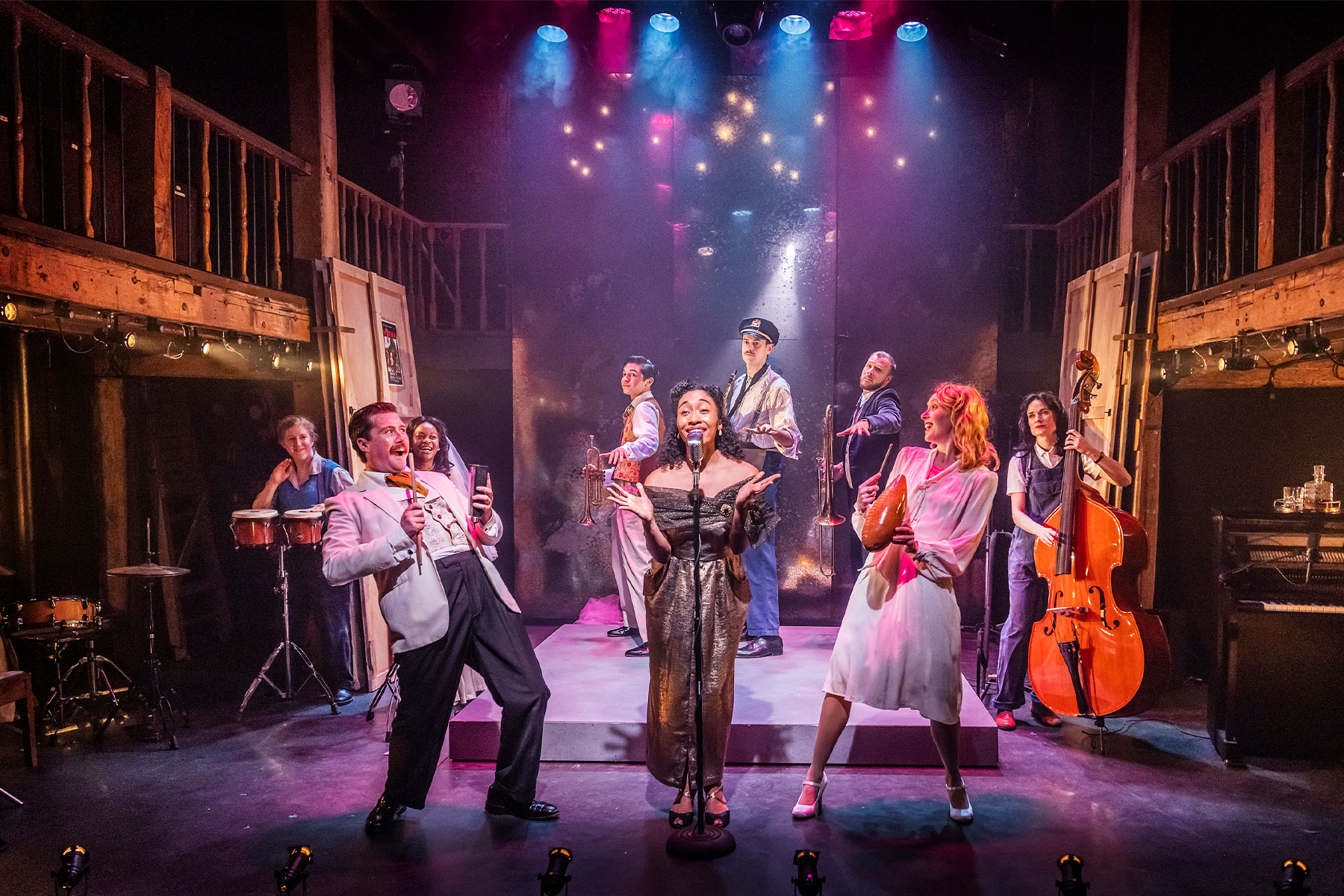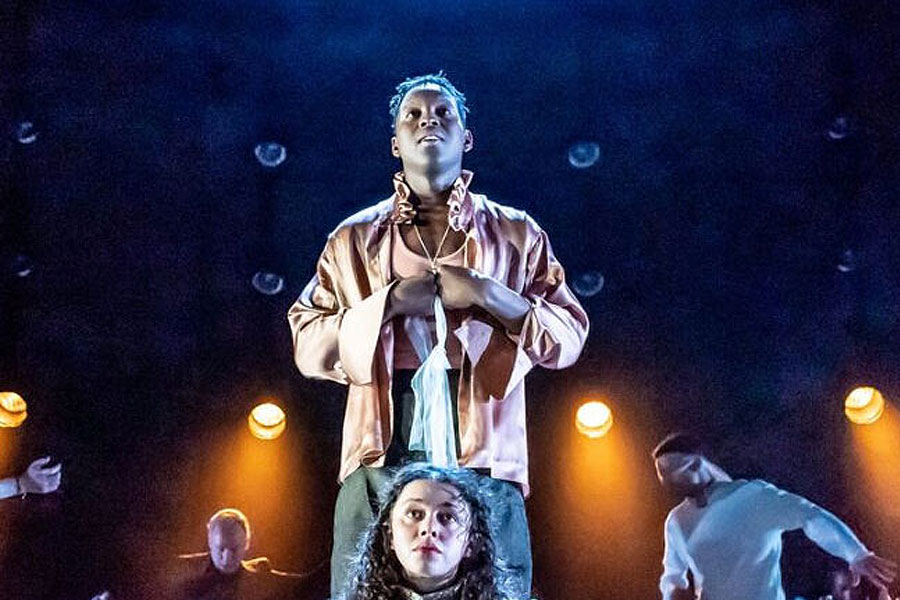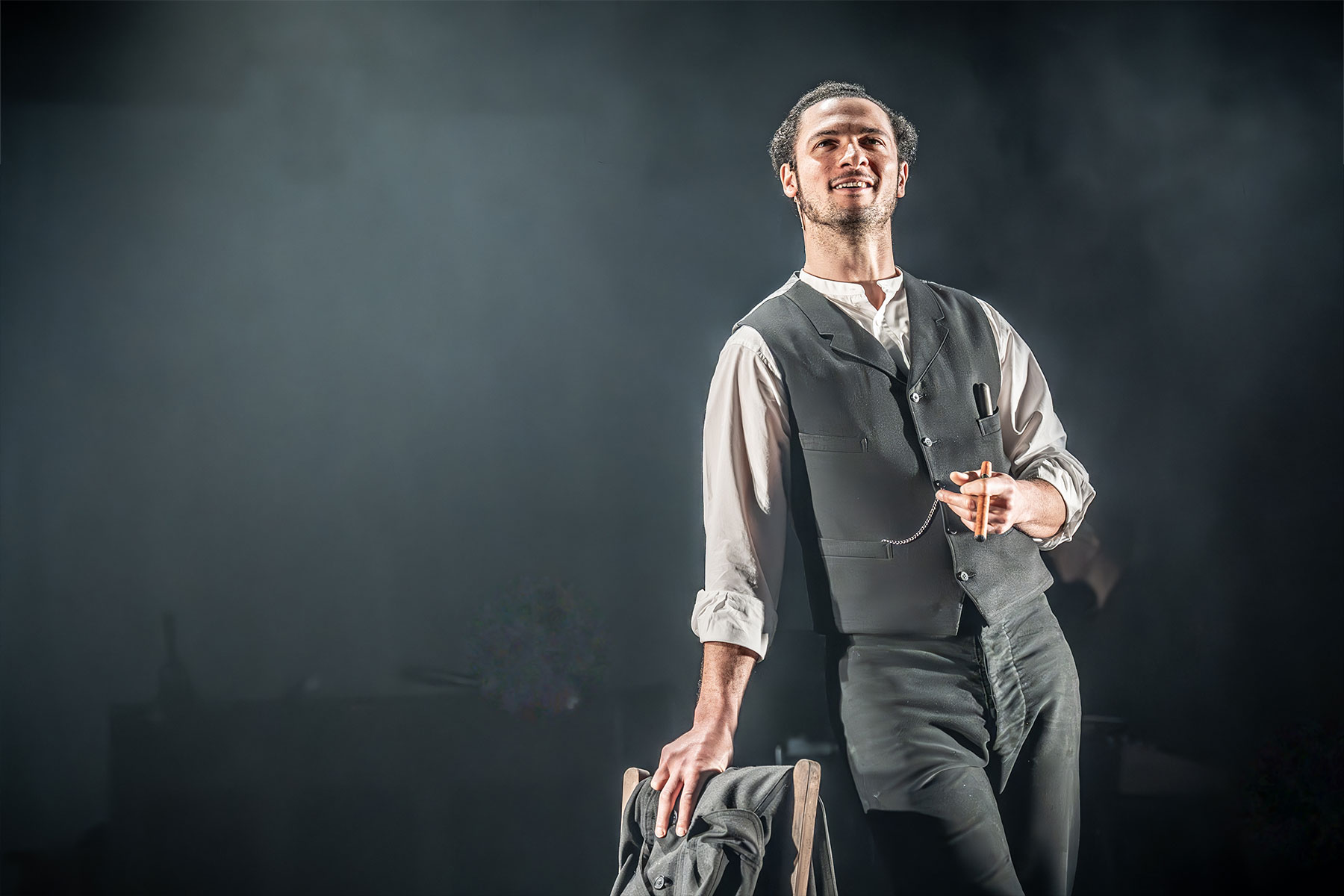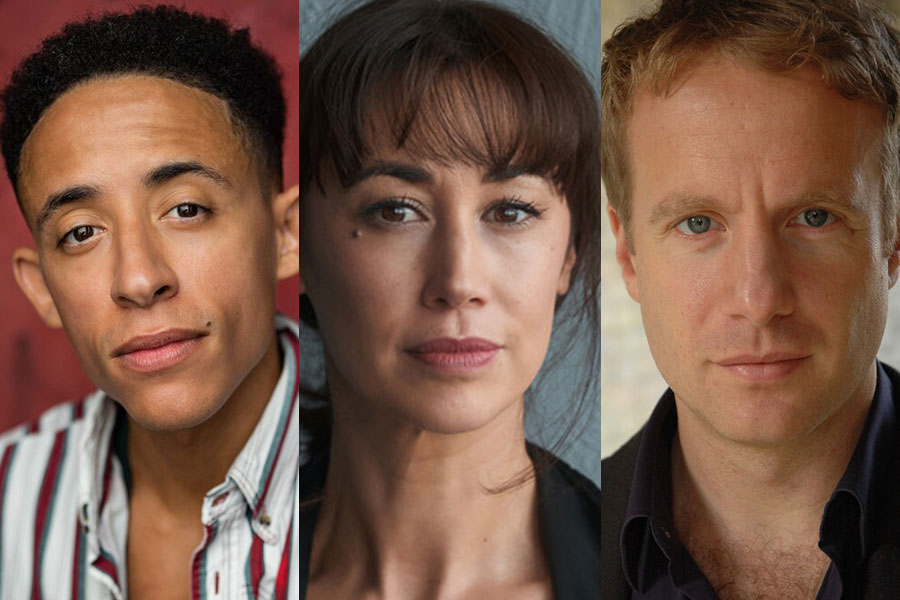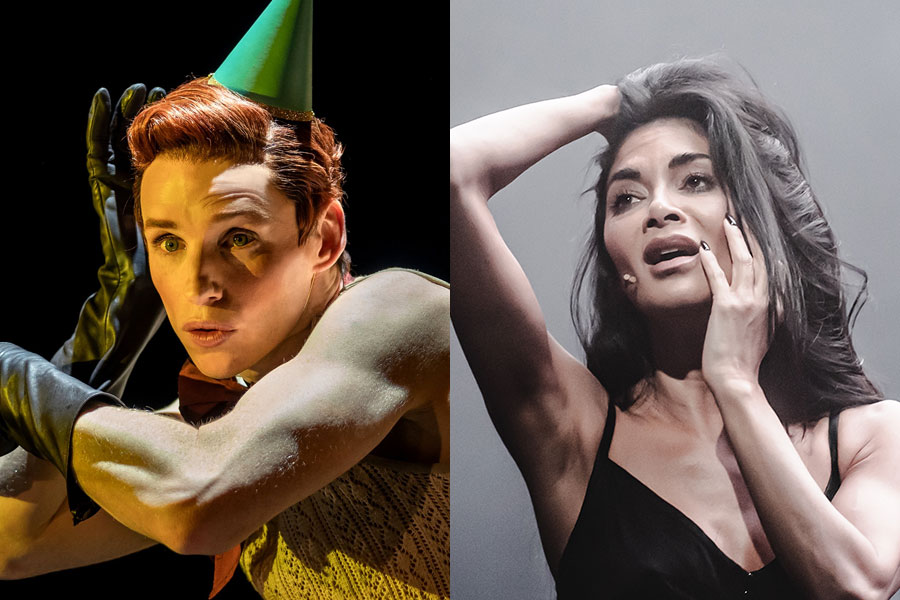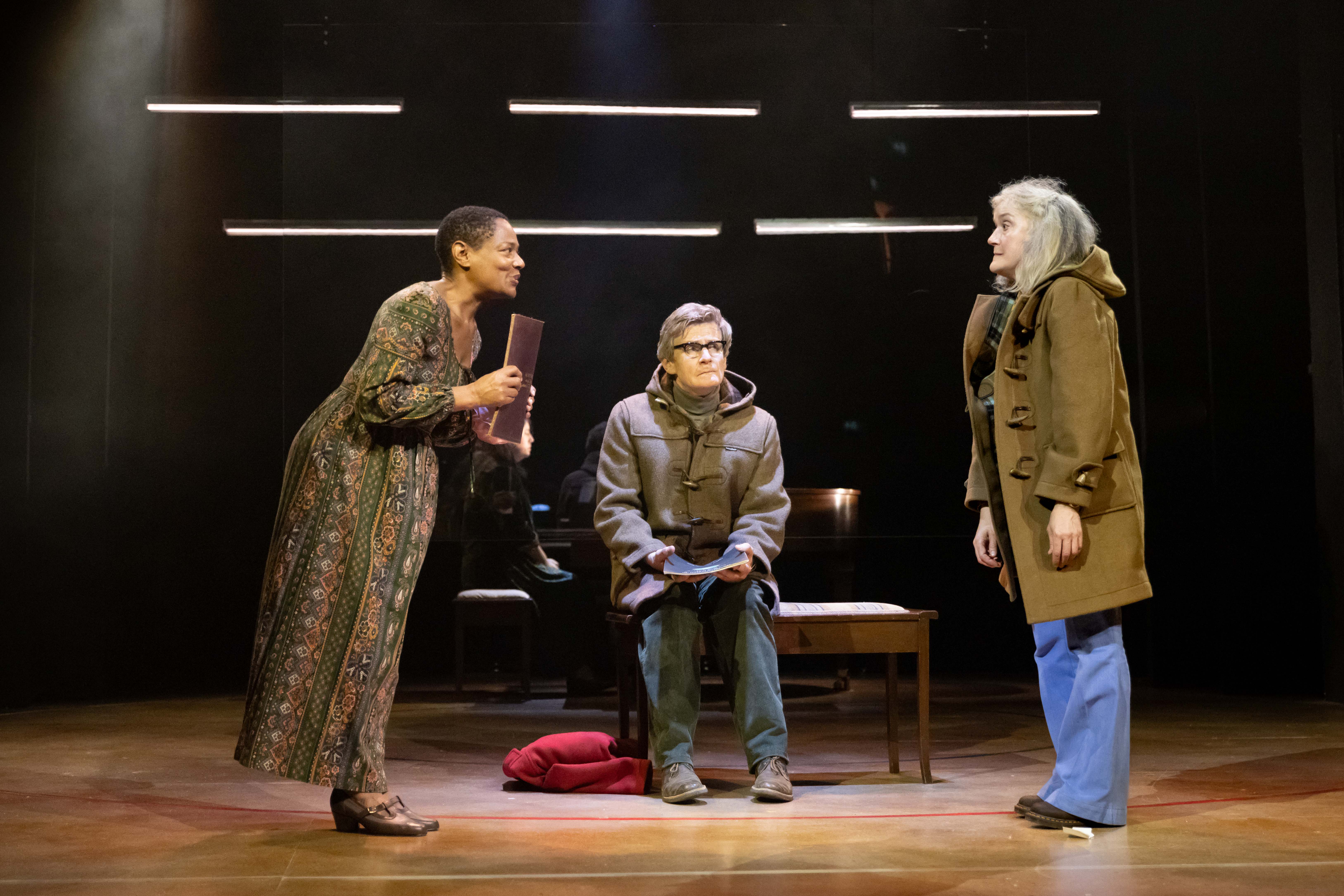The House of Bernarda Alba
In 2010 Tamasha transplanted Lorca’s classic matriarchal drama to Pakistan, and now the Almeida presents a version (scripted by Emily Mann) that sets the action in rural Iran.
In the title role, Iranian stage and screen actor Shohreh Aghdashloo is a striking, husky-voiced ice queen – a woman who can barely disguise the sexual frustration that so appals her in her own daughters.
Ostensibly grieving for her husband, by imposing an atmosphere of chaste mourning on her household she only succeeds in tightening a lid on a pressure cooker, and the girls’ inevitable frustrations come spilling out through the windows, where lovers lurk in waiting.
Tensions rise between eldest daughter Asieh (Pandora Colin), who has money and is betrothed, and youngest daughter Adela (Hara Yannas), who has beauty and wants the only eligible man in the village for herself.
Meanwhile the Mrs Rochester-esque grandmother (Jasmina Daniel) lurks in the attic and the long-suffering maid (Mia Soteriou) tries to stay sane. Perhaps the best performance comes from Jane Bertish as aunt Darya, peering over her reading glasses to regale the desperate girls with tales of the outside world. There is also strong support from Sarah Solemani, lending rare humour as Maryam, and Amanda Hale as the heart-breakingly fragile Elmira.
Director Bijan Sheibani injects energy where he can – a neat visual trick at the beginning is sure to snap any weary audience members to immediate attention. But the focus lags during a drawn-out opening sequence with the local villagers and is only revived again once the expositional scene-setting is over.
Much of these longueurs are Lorca’s doing, of course, but when there is so much boldness elsewhere in the production, it is in other ways disappointingly coy.
Nevertheless, it’s all played out on Bunny Christie‘s mesmerising design (a blue-walled, high-windowed rural manor), and the final tragic moments are deeply stirring.



